When you think of melatonin, a good night’s rest probably comes to mind. But it’s time to get to know it a little differently. Science shows that melatonin is more than a sleep aid — it’s a beauty sleep aid.
As it turns out, your skin produces its own melatonin at night. And now that it’s top of mind, you might start noticing it on the ingredient list of some of your favorite nighttime skincare formulas. But how does it work? What role does melatonin play in happy, healthy, rested skin?
Let’s explore how your skin repairs itself at night, and how melatonin can lend a helping hand.
THE BASICS
MELATONIN (MLT)WHAT IT IS: A naturally-occurring hormone with powerful antioxidant properties.
WHAT IT DOES: Topical melatonin helps improve skin repair, promotes well-aging, and minimizes damage caused by daily stressors.
WHO IT'S FOR: Suitable for all skin types, it’s a favorite of those looking for well-aging action and greater protection against free radicals caused by pollution, UV radiation, and more.
HOW TO USE IT: Find it in nighttime eye creams, serums, and moisturizers where it works alongside skin’s natural melatonin production.
GOES WELL WITH: Vitamin C, carnosine, and retinoids can enhance melatonin’s rejuvenating effects.
DON’T MIX WITH: This gentle ingredient fits right into any PM routine.
TRY IT IN: Vital Eyes, Melatonik®️, Retinal Advanced, Age Contour Night
What is melatonin?

You sink into bed and close your eyes after a long day. As you drift off, your body prepares for the task at hand, entering a natural repair mode. Behind all this, there’s a crucial ally working away quietly: melatonin.
Melatonin is a naturally occurring hormone. Its main function? Helping to regulate the sleep-wake cycle. Your body’s circadian rhythm kicks off its production at night to help you get to sleep.ing that it works while you sleep to help prepare your skin’s natural defenses for the coming day.
But that’s not its only role. Melatonin is also important to the gut, thyroid, lungs, kidneys, and you guessed it, the skin, where it shows off two main strengths: antioxidant and repairing actions.
What role does melatonin play in the skin?
At night, as your skin switches from protect mode to repair mode, melatonin production kicks into gear to help it recover from the day’s stresses. And this is no small feat. Your skin makes even more melatonin to help repair itself than your brain does to help you fall asleep.
What’s its role exactly? Melatonin works to support skin regeneration and antioxidant enzymes. These enzymes fight against oxidative damage caused by pesky free radicals (unstable molecules that can damage the skin).
This role is crucial as free radicals can break down skin’s natural structure and increase the visible signs of aging — such as the fine lines and dark spots brought on by pollution, UV radiation, and other environmental stressors.
How does topical melatonin work?

Topical melatonin works similarly to the melatonin your skin produces for itself. Research shows that it helps to prepare your skin’s natural defenses for the coming day.
In skincare products, melatonin acts as an antioxidant. As it sinks into the skin, it convinces your body’s enzymes to help repair damage accumulated during the day.
Something else to keep in mind? Natural melatonin levels decrease with age, so using topical formulas in your skincare routine can lend a helping hand. And especially at night — here’s why:
- Your skin’s circadian rhythm: At night, the skin enters an intensive repair mode to support collagen production and cell renewal.
- Permeability increases: Skincare products can sink into the skin easily as the skin barrier becomes more permeable at night, allowing products to get to work right away.
- There aren’t as many external factors at play: When you’re tucked away from the sun and (most) pollution, it’s the perfect time to care for your skin.
Who is melatonin for?
Whether you’ve got dry, sensitive, oily, or combination skin, there’s probably a place for melatonin in your routine. But it’s especially beneficial for those with a well-aging focus. How come? Targeted melatonin products can work together with your skin’s natural nightly repair process for a healthy, rejuvenated look.
What other skincare ingredients go well with melatonin?
Melatonin + Vitamin C
These two create powerful antioxidant synergy to help your skin fight against daily stressors. Vitamin C reinforces the skin’s building blocks while helping to brighten and protect. Commonly found in overnight recovery serums, this combination can help fight free radicals and enhance your skin’s natural repair processes. Ideal if you’re looking for radiant, revitalized skin.
Melatonin + Carnosine
Ever heard of L-carnosine? It’s a dipeptide found naturally in your body that also acts as an antioxidant. When applied together, science shows that it may slow the processes that break down key proteins in the skin. Meaning? This pair can help keep skin firm and youthful-looking.
Melatonin + Retinal
Retinal is a type of retinoid that promises results. It helps improve texture, reduce the look of wrinkles, and minimize dark spots, all while promoting an even skin tone. When combined with melatonin, which reinforces antioxidant protection and promotes skin repair, you get a complete rejuvenating effect. In other words, it’s a powerful well-aging duo.
Your melatonin skincare routine, step by step
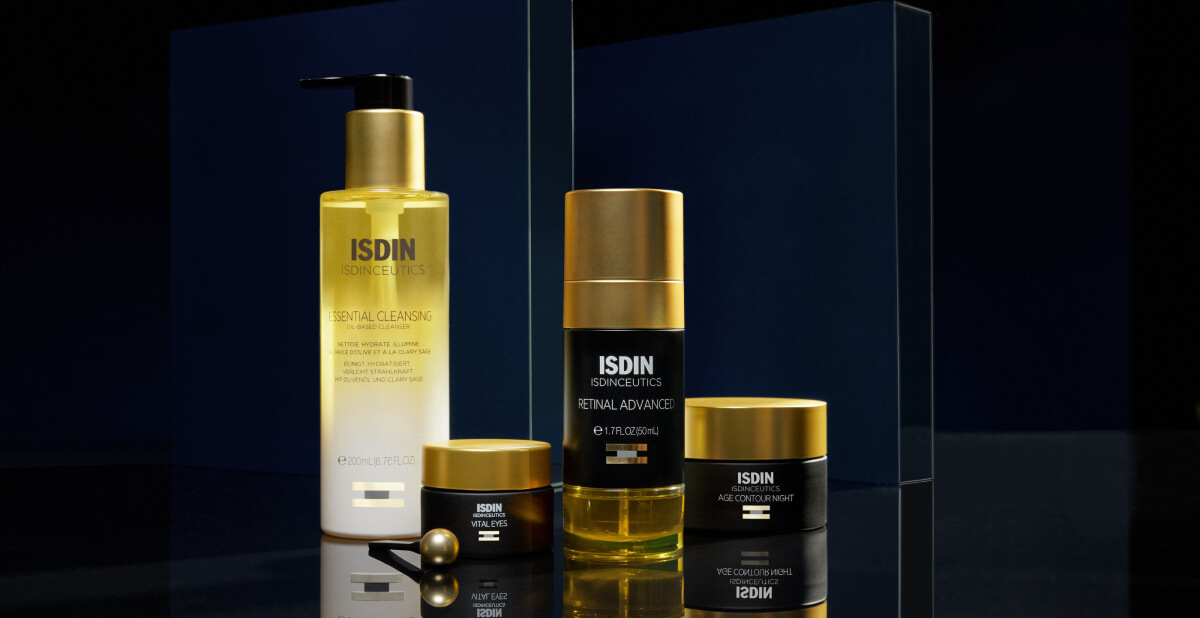
Step 1: Use a gentle oil cleanser
Reach for an oil formula to help melt away daily skin stressors. Cleansing oil binds to unwanted oils, makeup, and sunscreen to help eliminate them while adding some much-needed hydration and antioxidant support. Plus, a thorough cleanse leaves the skin ready for your melatonin products to get to work.
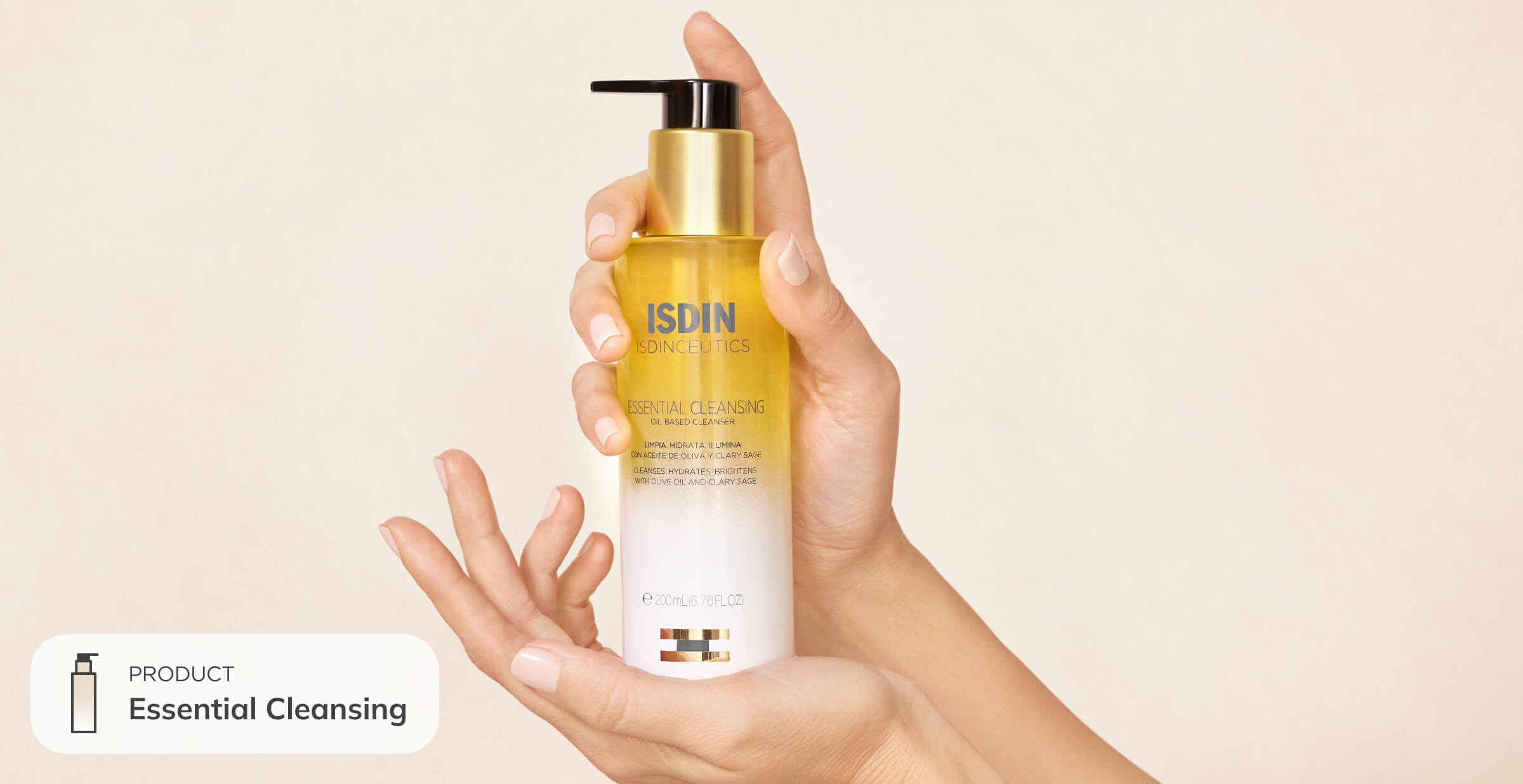
Step 2: Apply a revitalizing eye contour cream
The skin around the eyes is the thinnest on the face. So it can be one of the first to show the visible signs of aging. Look for an eye cream that mixes reparative melatonin with energizing caffeine. These super ingredients work together to help boost the skin’s antioxidant defenses while you enjoy your beauty sleep.
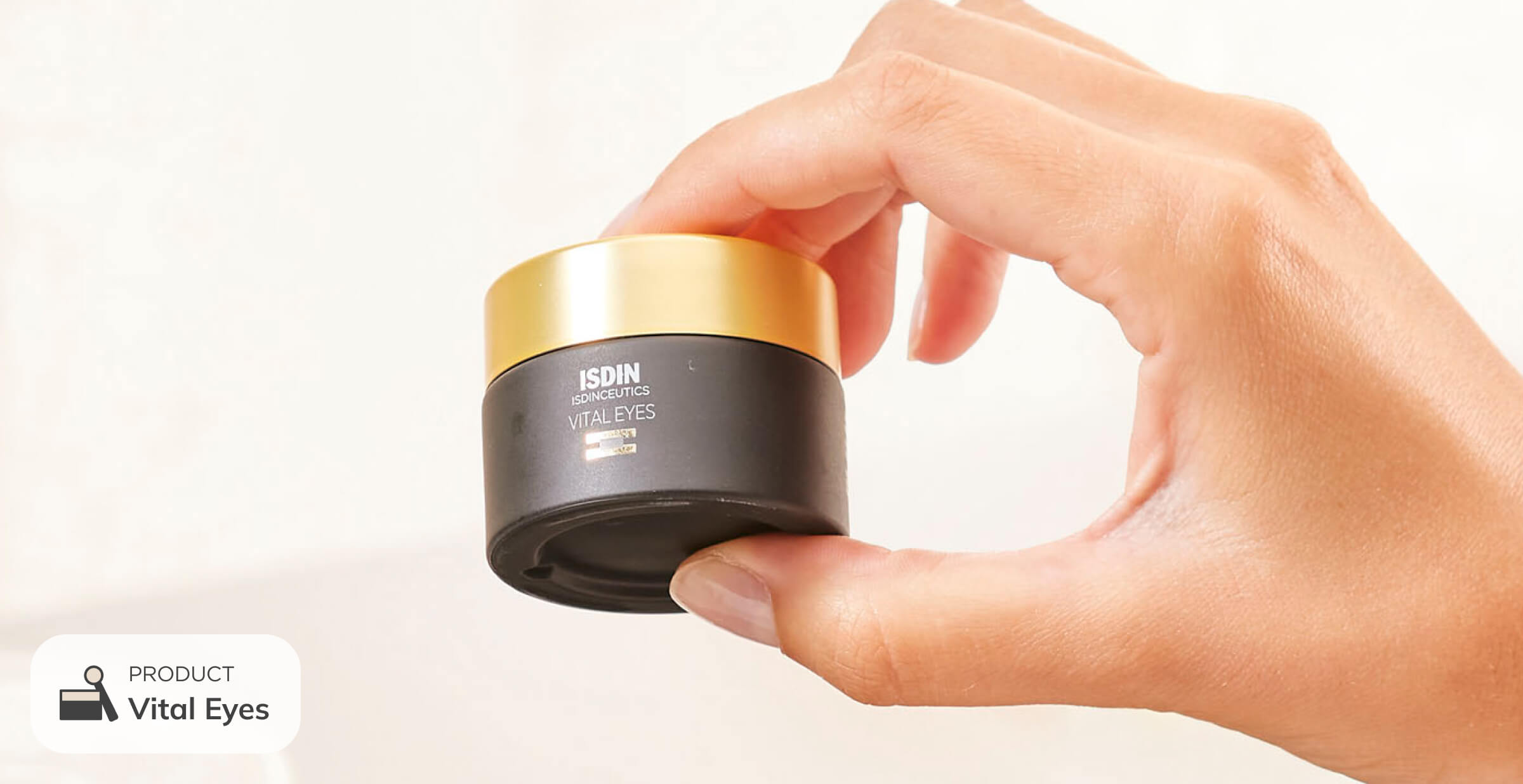
Step 3: Turn to a serum starring melatonin
Enter Melatonik®️. This 3-in-1 serum containing melatonin, bakuchiol, and vitamin C boosts natural antioxidant defenses and helps to restore vitality and elasticity, for radiant, healthy skin. The best part? It delivers overnight recovery action while still being gentle.
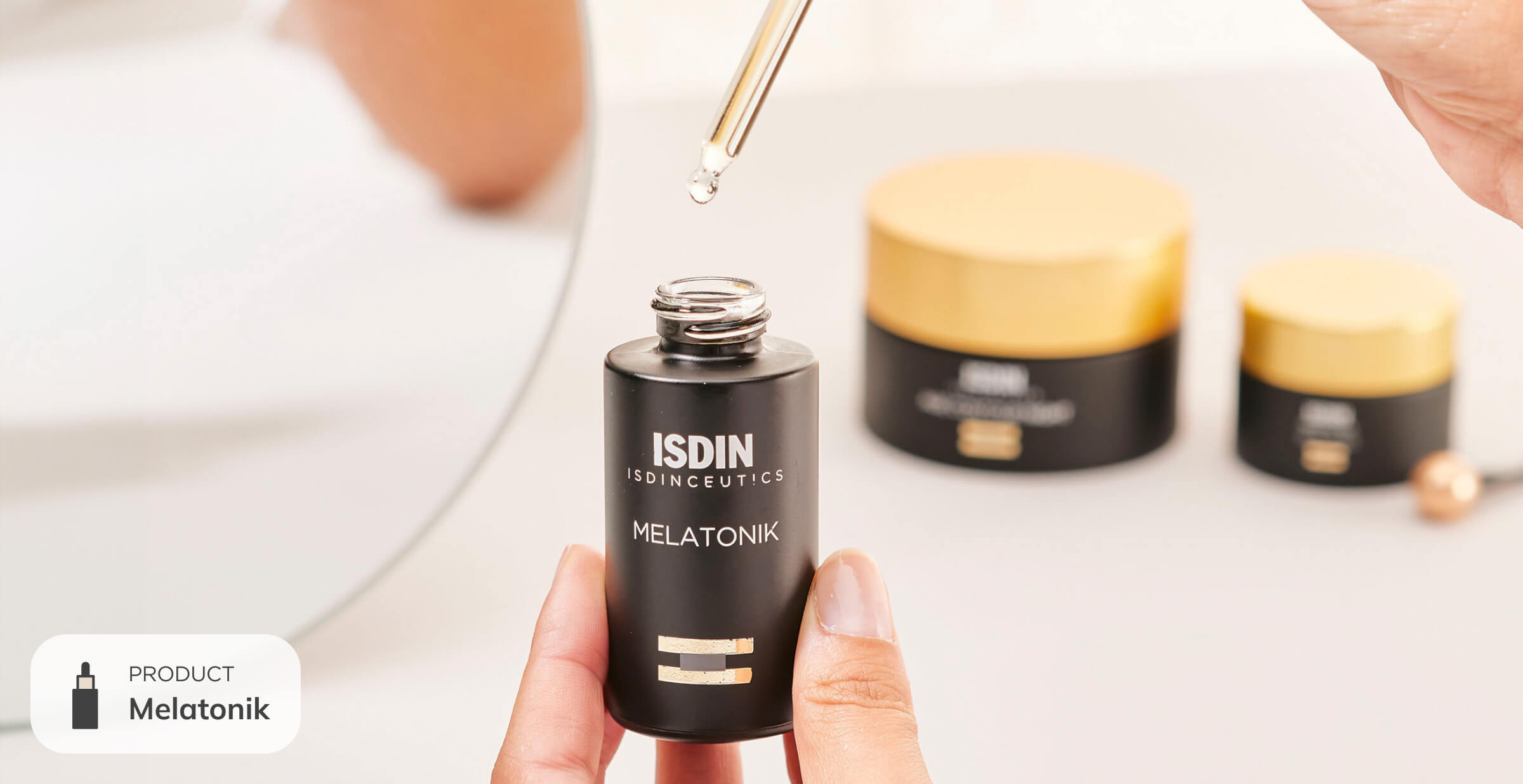
Expert tip: If you’re ready to combine melatonin with the power of retinoids, look no further than Retinal Advanced. This youth-boosting night serum helps visibly reduce wrinkles and fine lines.
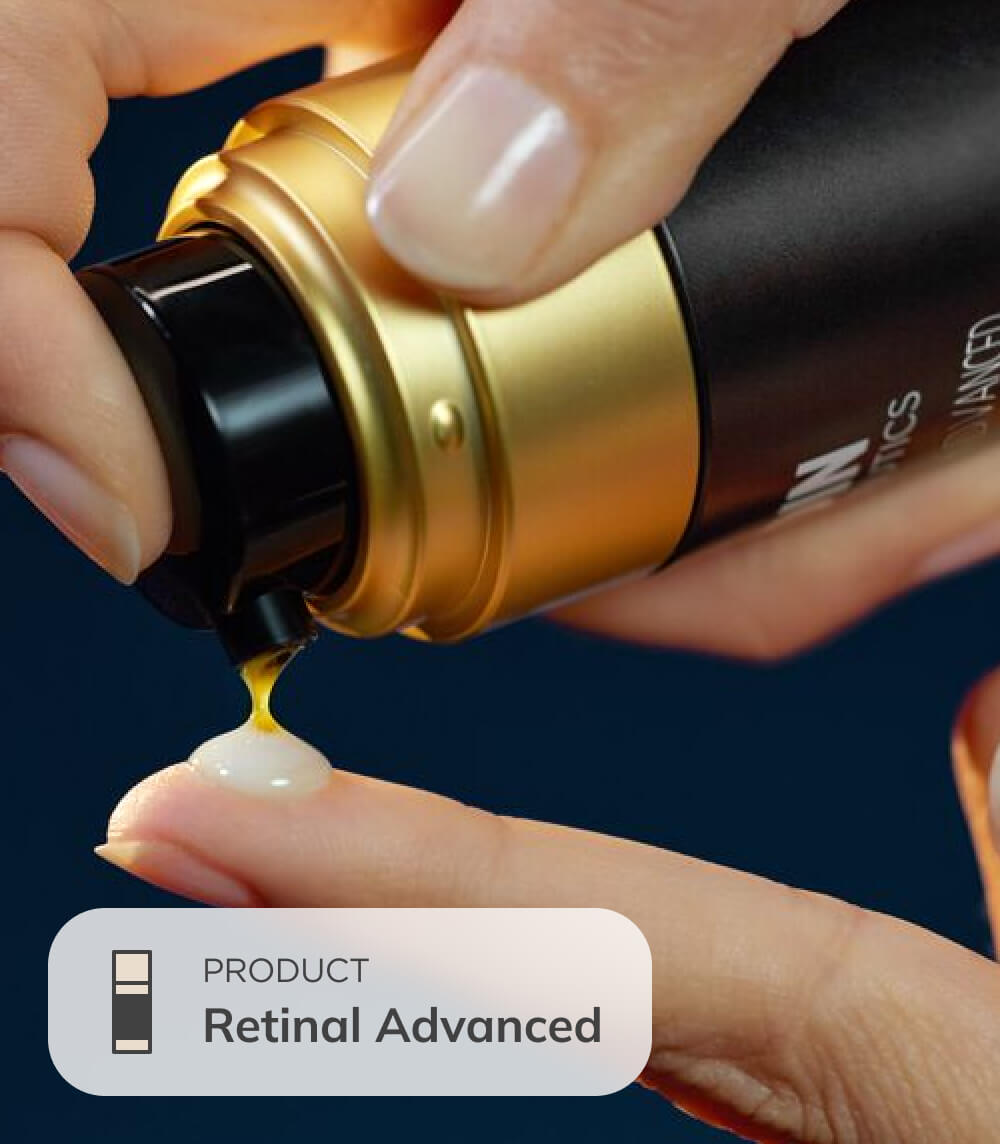
Step 4: Reach for a rejuvenating night cream
After applying your serum, it is time to “seal in” the action with a moisturizer that works to nourish, calm, and firm the skin. Even better if your night cream combines melatonin with amino acids such as carnosine. Carnosine works to fight glycation, a natural process that causes the skin to lose its firmness as we age.
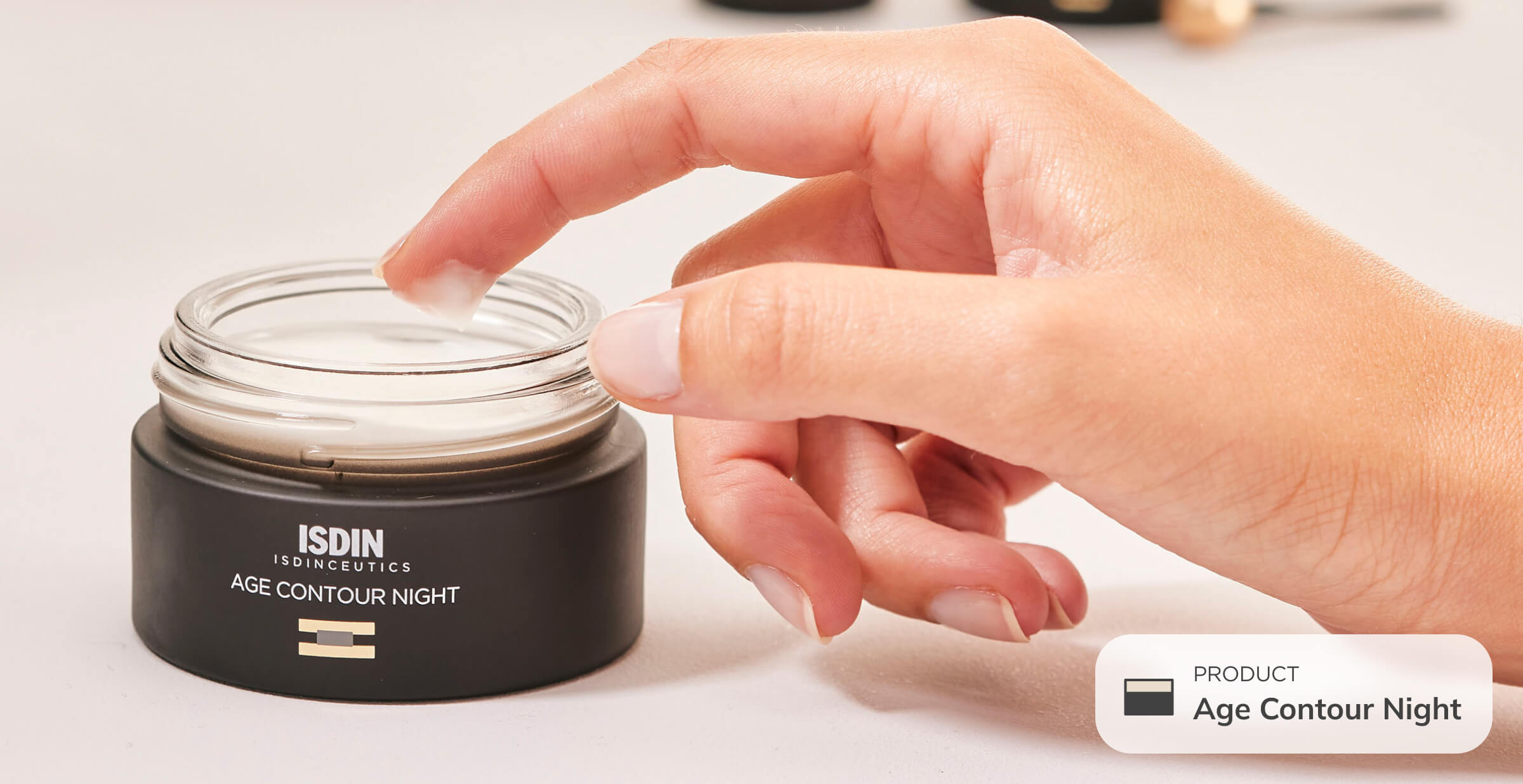
Step 5: Settle in for a good night’s sleep
Your body’s natural melatonin-producing processes prefer dark settings — in fact, they can be inhibited by light (natural or artificial). Just think about how many times you’ve had trouble falling asleep after scrolling for too long. In those instances, your brain might not have produced enough melatonin because the light “confused” your body.
So if you can, turn off your mobile phone and dedicate time to something truly relaxing, like a good book or soft music. A good rest is essential to both skin health and overall health.
And remember, if you’re too tired at the end of the day to stick to all five steps, don’t worry. Start by incorporating one and, little by little, you’ll create your own version of a dreamy nighttime routine.
Sources and references:
Chen, Y., Lyga, J. Brain-Skin Connection: Stress, Inflammation and Skin Aging. In Inflammation & Allergy Drug Targets (2014); 13(3): 177-190.
Matsui, MS., Pelle, E., Dong, K., Pernodet, N. Biological Rhythms in the Skin. In International Journal of Molecular Sciences (2016); 17(6): 801.









